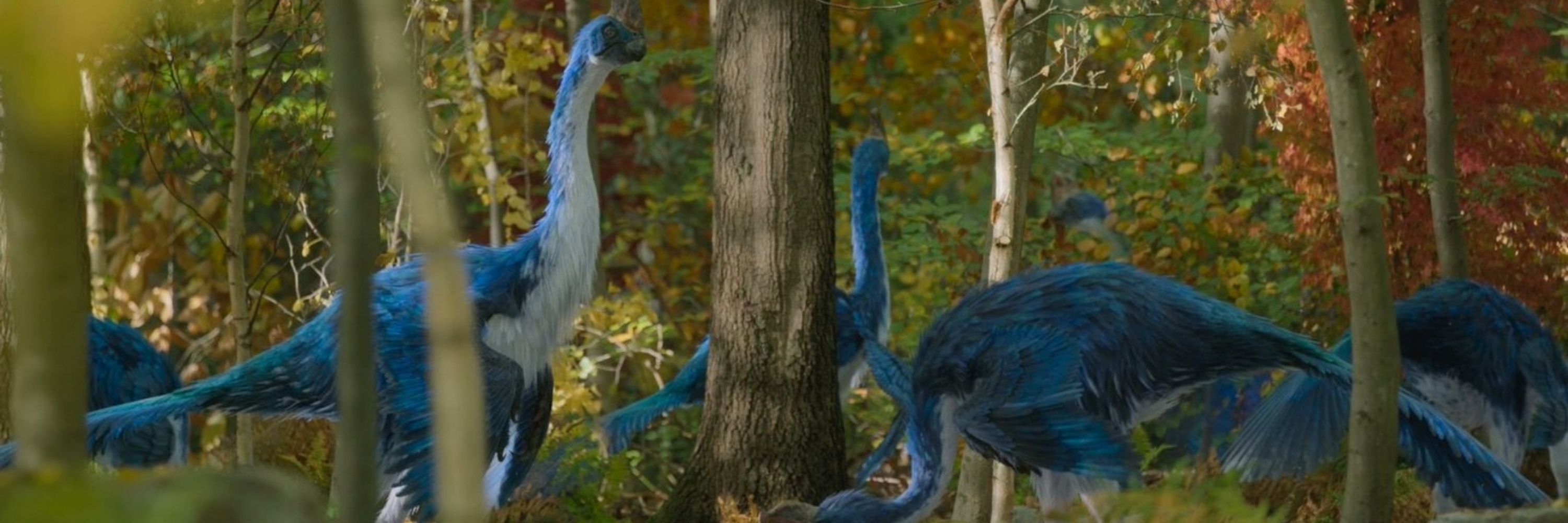@joshuapaleorojas.bsky.social
98 followers
260 following
470 posts
Paleontologist, naturalist, lover of life; science fiction, fantasy, Dragonball, and Godzilla fan. 🤓🦣🦕🦖🐉
Posts
Media
Videos
Starter Packs









